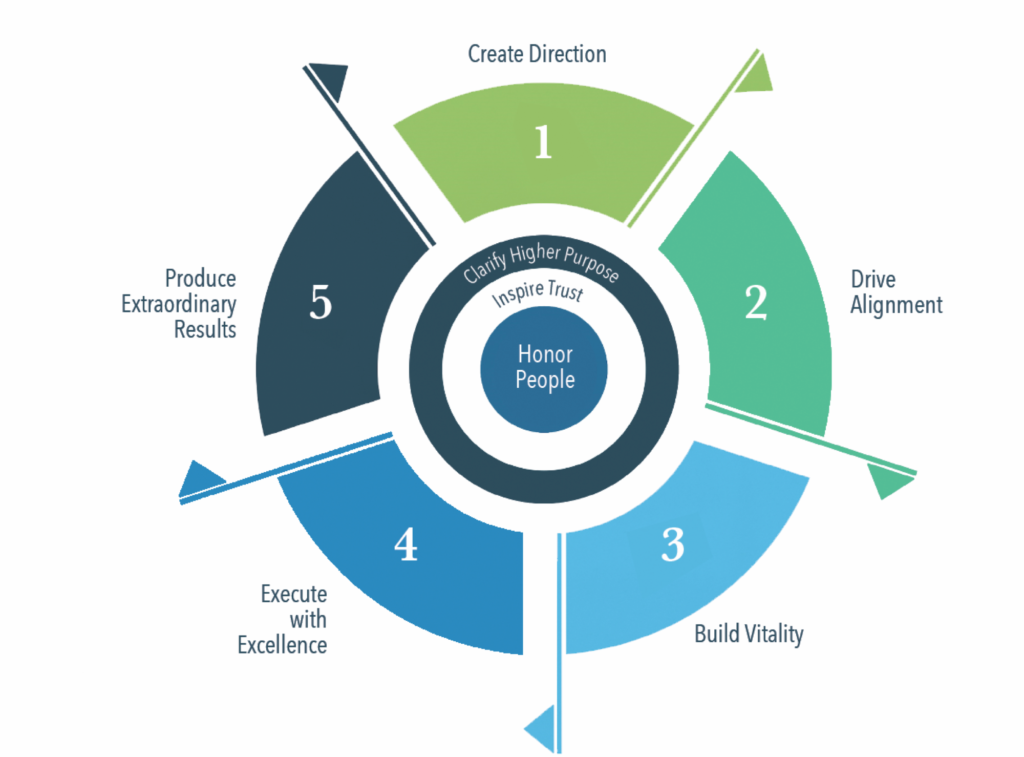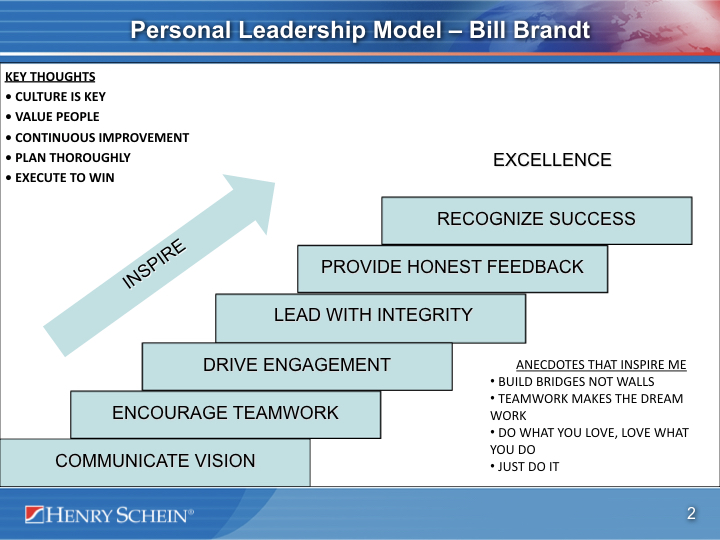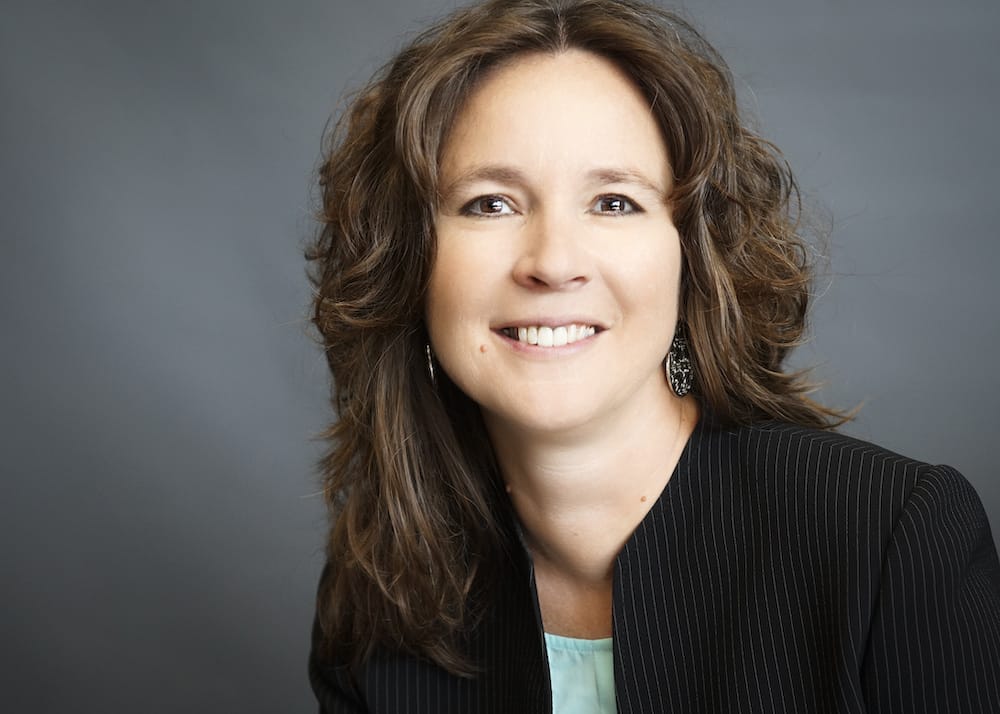Learn About Leadership Models
What is a Leadership Model?
A leadership model is a representation of a system, composed of concepts and practices, which you use to help people – including you – know and understand your approach to leadership. At its heart, it is a visual representation of what matters most to you as it relates to your leadership and how you intend to behave as you work to reach your goals. Ultimately, with the creation of your leadership model—using the 6-step BLUEPRINT process—you will create a succinct encapsulation of how you plan to lead. The model you create will be a highly customized expression of who you are, what you believe, and how you want to act.
Learn to Lead Like Only YOU Can
Each person has their own unique leadership voice, their own approach that reflects who they are. The purpose of the Blueprint is to help you find your own distinct voice, empower you to express it, and help you leverage it to get better results in work and life.

Doug Conant’s Leadership Model
The ConantLeadership Flywheel

The key to Leadership That Works is found in the 8 connected practice areas of the ConantLeadership Flywheel. At ConantLeadership, we champion this high-impact model, based on 40 years of leadership experience and study, as a highly effective way for 21st century leaders (who do not yet have a model of their own) to deliver enduring value to all stakeholders. Each pillar in the flywheel is anchored in Inspiring Trust and Honoring People, which are the two foundational elements of elite performance. When these eight components are developed in harmony, they are a powerful, self-reinforcing tool for transforming individuals and organizations with everlasting momentum.
Examples to Inspire
Personal Leadership Models

Kevin Carter
-
Founder & President, Inclusion Innovates
-
Principal Strategist, The Winters Group


Bill Brandt
- Company: Henry Schein
-
Title: Executive Director and Chief Customer Service Officer


Melissa Tassie
-
Director of Learning and Development, NetJets
-
Strategic Thought Leader


John Wooden
-
Title & Organization: UCLA Bruins men’s basketball (Head coach, 1948–1975)
- “Be more concerned with your character than with your reputation. Your character is what you really are while your reputation is merely what others think you are.”


Stephen Covey
-
Author of 7 habits of highly effective people
-
World renowed leadership expert


Chris Abboushi
-
Astellas Pharma US TitleDirector, CL&D, Field Leadership Development, Managed Markets, Headquarters People Development


Chris Cox
-
Senior Advisor, Partnership for Public Service
-
Former Senior Intelligence Officer

Randall Landry
- Company: MITRE Corporation
- Title: Technical Director and Division Head – Infrastructure & Networking


Kristen Heffernan
- Company: Henry Schein MicroMD
- Position: General Manager
- Quote: “I choose to lead because I love helping people reach their potential and I accelerate that with honesty, integrity, and perseverance.”

Linda Hagerty-Dotterer
- Company: CSL Behring
- Title: Executive Director, Change Management & Culture
What specific practices (e.g., “thank you notes” or “offsite meetings”) have you used to help bring your model to life?
What specific practices have you used to help bring your model to life?


Albert G. Morales
- Company: Amerisource Bergen Corp.
- Title: Chief Transformation Officer
DisPlay none
What is the reporting structure? How many people do you lead?
Describe in a few sentences the background and overview of your model.
What specific practices have you used that have helped bring your model to life?
How is your model helping you in the real world?

Share Your Leadership Model With Us
Once you’ve used the BLUEPRINT process to design your own personal leadership model, share your model with us here and we may celebrate your model on our website and social channels.

Get Started with a Free Chapter.

